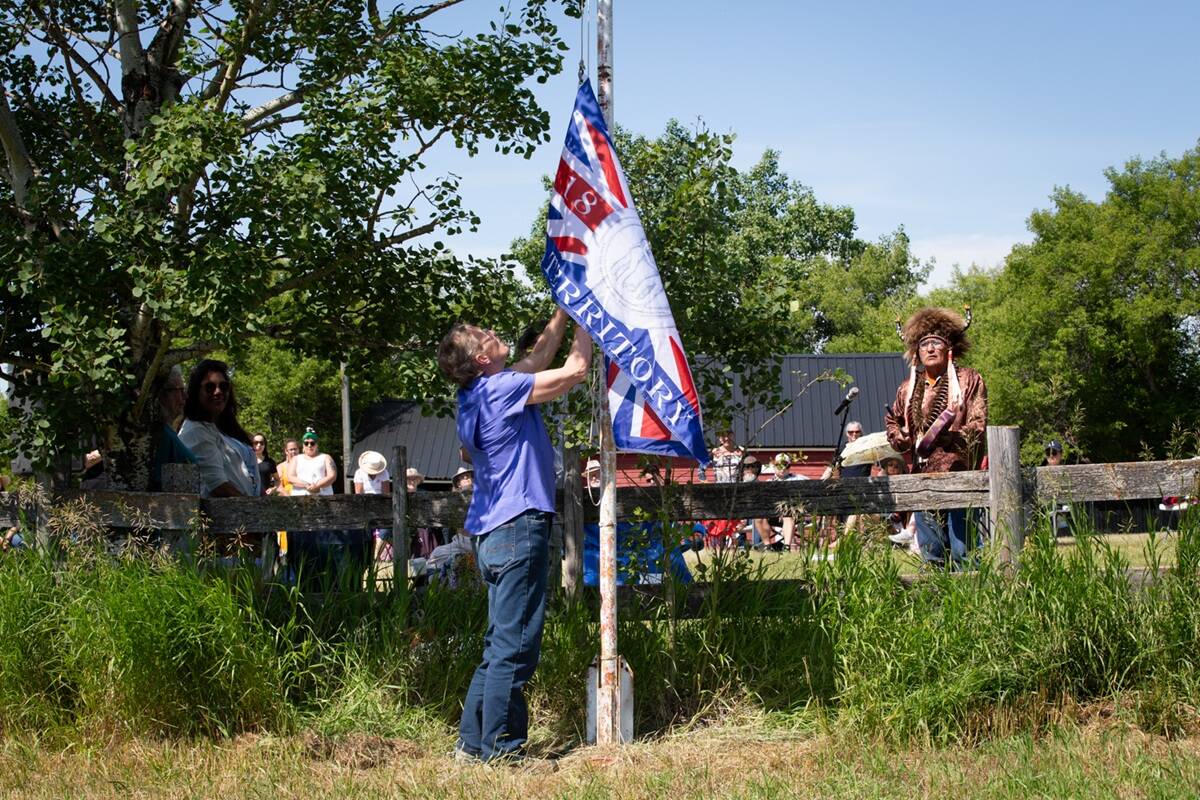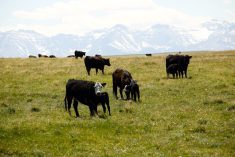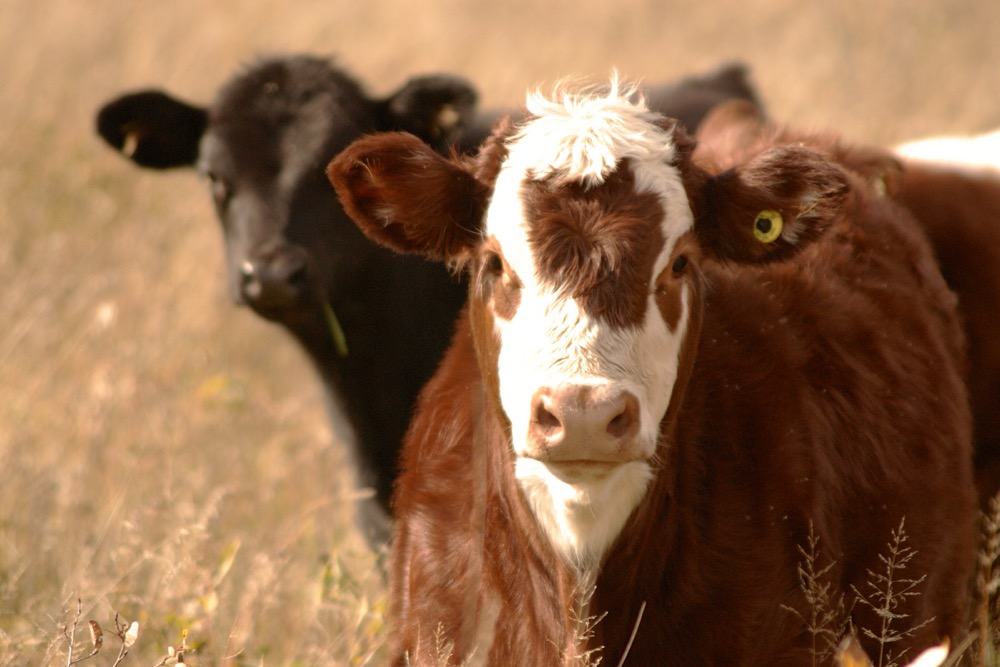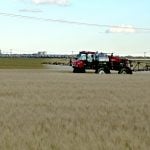If there’s one thing Lance Stockbrugger knows about farmers and ranchers, it’s that they don’t like paying tax.
Stockbrugger, who farms near Englefeld, Sask., is a chartered accountant, specializing in income tax, who has spent 20 years sharing his specialized agriculture knowledge with his clients in areas of estate planning, tax reorganization and intergenerational transitions.
While he hasn’t been practicing as a full-time chartered accountant since returning to the farm full time, he regularly takes his message to producers about planning for taxation and passing on the farm or ranch through various speaking engagements such as the recent Saskatchewan Beef Industry Conference in Saskatoon.
Read Also

Treaty Land Sharing Network expands reach in Saskatchewan and Alberta
The Treaty Land Sharing Network, which connects land holders with First Nations and Metis people, has expanded since it began in 2018
The 2016 Census of Agriculture tells us the average age of a Canadian farmer/rancher is now 55. In 2016, there were 193,492 farms controlling over 158 million acres.
With so many acres and capital assets at stake, the tax implications of both the day-to-day operations using various business structures, as well as impending generational transfers, could be enormous. Poor planning will mean that producers risk paying more in taxes than they otherwise would.
Stockbrugger encourages producers to start tax and succession planning early and to get information from advisers that specialize in agricultural tax planning. One-size-fits-all solutions do not cover the different situations that each producer will face. Tax planning for a bachelor with no obvious successor will differ significantly from an operation that hopes to complete a generational transition from a founder to three children.
The most common business structure for farmers is a sole proprietorship, with over 50 per cent of farms and ranches still reporting income in this way. Advantages of a sole proprietorship are the simplicity and lower startup costs, as well as the lower costs and requirements of filing tax returns. The founder has absolute control of farming decisions, owns the business and all of its assets, but is also responsible for all of the debts and liabilities of the business. The owner can use the cash method to report income for tax purposes which allows them to defer income and use the optional inventory adjustment when it makes sense to do so. There are some favourable rollover rules and capital gains exemptions available through a sole proprietorship that are not available to corporations.
Under this structure, tax rates are calculated at the personal tax rates starting at 26 per cent for income up to approximately $46,500 and continue to increase at margin tax brackets ending at 48 per cent for income over approximately $205,000. Rates vary somewhat from province to province for personal tax limits, so discuss specifics with accountants. The volatility in both cattle and grain markets can create significant income swings, so careful monitoring of sales and income is required to avoid large surprises.
Partnerships are the second business structure recognized by Canada Revenue Agency, and are used by approximately 23 per cent of farmers and ranchers. Partnerships offer advantages such as: simplicity and low cost to set up and operate as income is filed as part of personal tax returns; the ability to carry on business under a business name; profit (or loss) sharing between partners as per their partnership agreement, such as with a spouse or other partners; the combined expertise and resources of more than one person, and a legal structure which is fairly easy to modify, such as from partnership to corporation. Partnerships also allow the split ownership of capital (equipment, cattle and grain inventory) so that if it becomes beneficial to wind down or transfer the operation, both taxpayers’ rollover or capital gains exemptions (of $1 million each) can be utilized.
The disadvantages of partnerships include the shared risk, whereby both partners are jointly and severally responsible for any liabiliti.es or debts of the partnership. When partnerships stop working effectively, they can also be difficult to get out of. Management disputes can occur and in the absence of a formal partnership agreement, confusion over roles and responsibilities are not uncommon.
The final option discussed by Stockbrugger was a corporation. It is used by 25.1 per cent of the farms across Canada in 2016; an increase from the 2011 census amount of 19.8 per cent. Advisers and accountants often suggest incorporation for several reasons — the first being the lower tax rate. While a sole proprietor will pay taxes based on the levels for individuals, the corporate rate is calculated at a rate of 11.5 per cent for net income up to the $500,000 and 27 per cent for active business income greater than $500,000.
Another reason advisers may suggest incorporation is to mitigate risk and liability. Personal liability risk is reduced by owning the assets within the corporation. The ability to use dividends as tax planning mechanisms can be another advantage, although there are several new tax rules announced by the federal government around this issue so ensure your individual situation meets the new requirements.
Additionally, roles and responsibilities can be more clearly defined, resulting in better communication within the operation, as corporations are required to hold meetings and prepare detailed accrual financial statements annually. There is flexibility in selecting a fiscal year-end period, which can align with annual cattle sales, for example. When setting up a corporation, it is important to realize that a corporation is essentially a means to defer tax, rather than a mechanism to save or avoid tax. When the founder eventually takes money out of the corporation, taxes must be paid at personal tax rates. For this reason, a corporation provides more value through the deferral the longer it is operating.
Some pitfalls of incorporating can be the high professional fees to incorporate, and then the annual compliance costs in addition to personal tax returns. While detailed financial statements are valuable to lenders and provide the ability to compare financial ratios year over year, assisting in management and decisions, the owner needs to understand this information to help operate their business.
Once assets are owned by the corporation, individuals no longer have the freedom to pick and choose which farming assets will go to which child without incurring significant tax costs. This is one reason Stockbrugger does not recommend owning farmland within your corporation.
After considering short-term business goals and objectives, it is important to plan further out as well. As farming and ranching are not careers that are quickly entered into, or exited from, spend time examining the role and future growth expectations of the operation. An accountant with training in agricultural taxation can help guide founders through business structures that will provide the most efficient and suitable structure, while minimizing tax implications. Often, starting as a sole proprietorship, moving to a partnership, as in a husband and wife scenario, and ultimately to a corporation can provide the greatest tax benefits.
When it comes to succession planning, the use of several of these structures can generate the most efficient strategies in minimizing tax bills. The operation may reduce unnecessary tax consequences through careful planning and utilization of one or more of these business structures.
According to the last census only 8.4 per cent of farms nationally have a written succession plan. This ranges from 5.9 per cent for sole proprietorships to 16.3 per cent of family and non-family corporations. With the average age of farmers on the rise, these figures speak to a larger problem. Who will provide the next generation of farmers and ranchers? And why are the current owners so reluctant to plan for a successful transition?
To understand their reluctance Stockbrugger says you have to realize that these men and women worked hard for many years to build something, often with very little help. Hard work, persistence and strength of character helped them weather the hardships through the decades. So when they are asked to explain the reasons for their reluctance you hear about their fear of losing wealth, fear of losing control and fear of conflict. While many express a longing to slow down and plan for retirement they are unsure how to start the process, how to effectively use the various business structures and tax mechanisms to reduce the liability, and how to ensure that they will still be able to have the quality of life they’ve become accustomed to.
With so many farms and ranches operating as sole proprietorships and family-run corporations, these decisions can involve difficult conversations with family members who are either actively engaged in the operation, or are off-farm siblings. It can be difficult navigating the so-called “soft issues” surrounding how to treat children and potential successors fairly, or equally; recognizing that the two may not be the same.
It is not uncommon for people to be overwhelmed at the thought of potential conflict or issues and postpone the process. Stockbrugger recounted a story about a client who spent considerable time and effort working through the planning and transition process, only to panic and back out at the last minute. Ultimately, he was able to determine the source of the client’s anxiety and they modified the plan slightly to make all parties comfortable. The key, says Stockbrugger is to have clear and transparent communication and an adviser that is working to find the best solution for all.
Stockbrugger suggests finding an adviser who will work with you. Take the time to interview several accountants to find one that has the training and practical knowledge to find the best structure for your individual situation.
Tamara Carter ranches with her family at Lacadena, Sask.
















